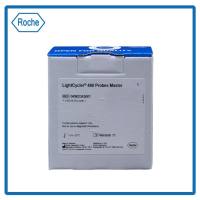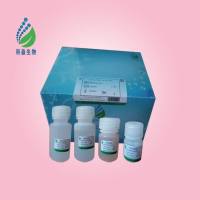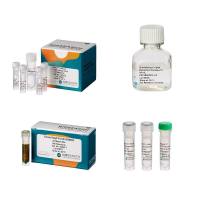Assessing Adrenergic Receptor Conformation Using Chemically Reactive Fluorescent Probes
互联网
448
It is believed that binding of agonist to a G-protein coupled receptor (GPCR) induces a set of structural changes in the tertiary structure of the receptor that can be recognized by the associated G-protein α-subunit. Many different methodological approaches have been applied over the years in the attempt to understand these conformational changes and establish the critical link between agonist binding and G-protein coupling (1 ). However, most models for how GPCRs are activated have been based on indirect evidence; therefore, the receptor conformation has been inferred from the ability of the receptor to activate second messenger systems or from computational simulations (2 –6 ). Only during the last couple of years has the use of spectroscopic techniques on purified receptors preparations allowed direct insight into the structural changes underlying activation of GPCRs (7 –12 ). Thus far, a majority of the studies have been carried out in the photoreceptor, rhodopsin. There are abundant natural sources of rhodopsin, and its inherent stability makes it possible to produce and purify relatively large quantities of recombinant protein. In particular, the elegant use of electron paramagnetic resonance (EPR) spectroscopy by Hubbell, Khorana and coworkers has provided substantial insight into the conformational changes associated with photoactivation of rhodopsin (9 ). Notably, spectroscopic approaches have also been used to examine the structural basis for the interaction between the α-subunit/βγT -subunit complex of transducin and rhodopsin (13 –15 ).









